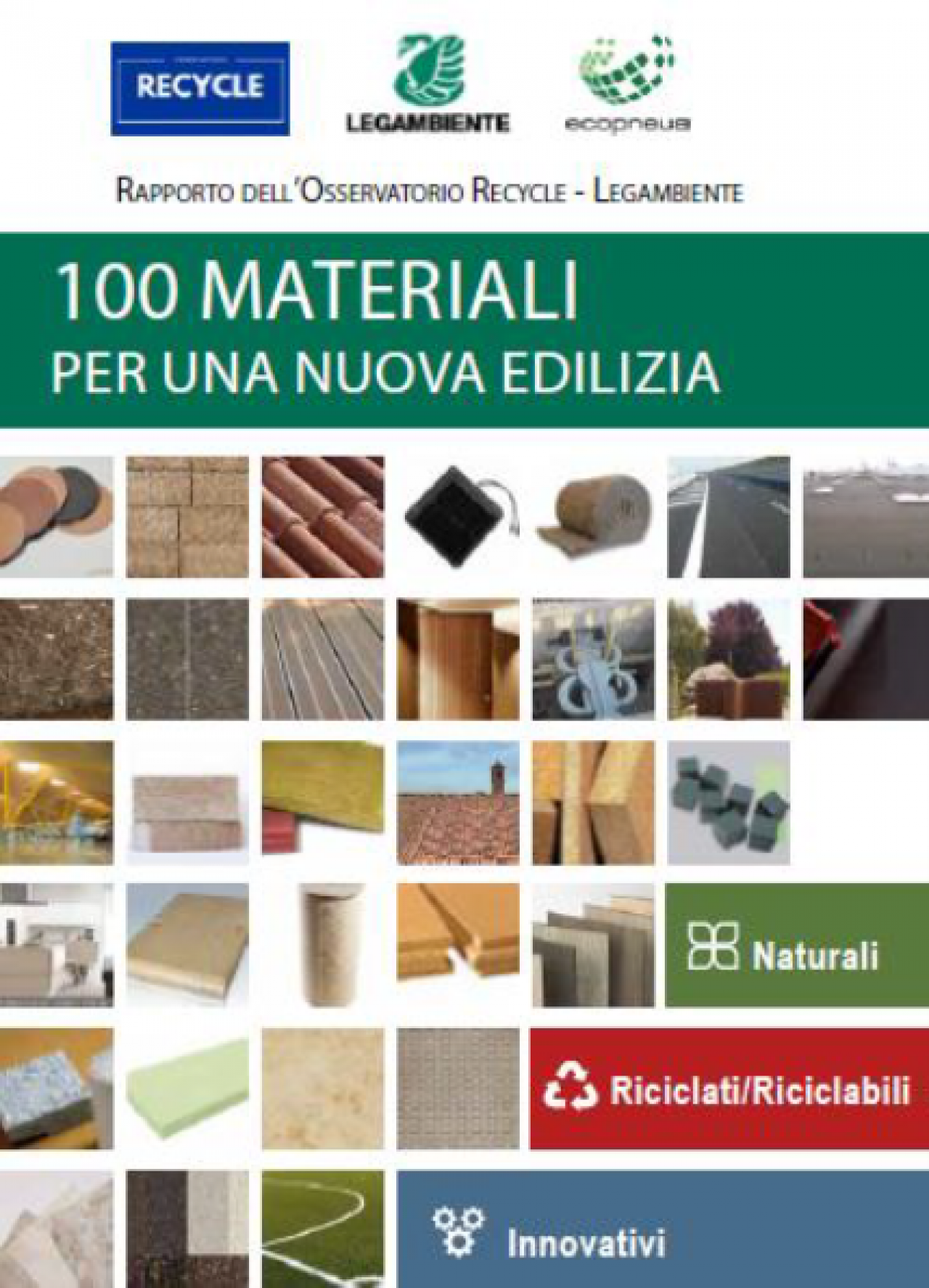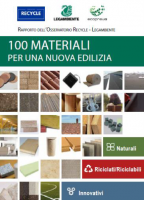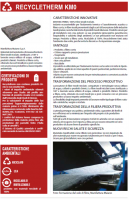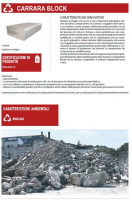
[[{"fid":"49009","view_mode":"default","fields":{"format":"default","field_file_image_alt_text[und][0][value]":"Maria Rita Cecchini","field_file_image_title_text[und][0][value]":"Maria Rita Cecchini","field_author[und][0][value]":"Legambiente"},"link_text":null,"type":"media","field_deltas":{"4":{"format":"default","field_file_image_alt_text[und][0][value]":"Maria Rita Cecchini","field_file_image_title_text[und][0][value]":"Maria Rita Cecchini","field_author[und][0][value]":"Legambiente"}},"attributes":{"alt":"Maria Rita Cecchini","title":"Maria Rita Cecchini","height":331,"width":331,"style":"margin: 10px; float: right; height: 100px; width: 100px;","class":"media-element file-default","data-delta":"4"}}]]The city of Prato is one of the partners of the Action Planning Network URGE, in which it develops a new action plan to promote circularity in the building sector. For its delivery, Prato works closely together stakeholder Legambiente , an Italian foundation for environmental conservation. Head of the Commision for the Circular Economy at Legambiente Toscana ánd Member of the National Assembly of Delegates of Legambiente is Maria Rita Cecchini. Having a background in architecture, Maria Rita shares Legambiente's vision on circular construction.
In general, what does the construction sector need in order to incorporate and implement the logic of circularity?
The building sector needs a cultural evolution based on recycling, reuse and simplification, but the economic drive is the key factor behind this change. In my opinion, the crisis we are facing will facilitate the transition, by accelerating the circular transformation of building processes towards alternative solutions in terms of raw materials and energy.
In your opinion, what are the obstacles and difficulties that an architect from Prato faces today when designing a new building?
Well, it would find common difficulties to other cities, but it would have an advantage in terms of attitude: the culture of material recycling is an integral part of the skills developed in this city. When I was working at Superstudio, at the beginning of my professional career, I was working with a Prato industrialist who designed insulation materials to be used in the building industry from textile waste. Considering the historical context, he was a visionary, but he expressed a sense of creativity and concreteness that is crucial today. We should not forget the driving force of innovation.
However, when designing a circular building, there needs to be a great understanding of materials and their potential, especially in terms of their life cycle. An enlightened client on one hand and a visionary designer on the other are the key factors of every successful product. I always make the example of the Casa Clima Agency, which deals with building certification related to energy labelling, organizes trainings for technicians, construction companies and above all for the clients. That’s just incredible to me! An informed and aware client can make the difference!
What do you think about the Integrated Action Plan we are elaborating?
I think it is correct because it addresses several key issues to the circular transition. A roadmap was needed! In the meantime, I think it is very important to work on training so that we reach as many stakeholders as possible.
As a representative of Legambiente, I gave a lecture in a high school entitled "When you don’t need you anymore, I break you down”. I talked to the students about the potential of selective demolition, as the benefits of circular construction will fall primarily on the next generation. It would be important to introduce in all the schools specific topics related to a new way of building (and then demolishing). These are the new languages to be learned! Environmental education is a pillar of the new education system.
The next step is to identify and define barriers in order to remove them. I do not say anything original! Knowledge is the basis for effective action. In my opinion, the first barrier relates to public and private works construction sites, where specifications represent the main obstacle for recycled aggregates. The second barrier is the lack of clear references and obligations for the use of recycled materials in public works construction sites. The third barrier relates to the difficulties in applying new materials from the recycling chain.
Finally, I believe that the collection of qualitative/quantitative data on C&D waste in Prato is fundamental to exercise circularity in construction in this field as well. What kind of material do we have available, what are the characteristics in order to “cook with the ingredients we have”… like in Ribollita soup recipe! The last item is very important; creating a framework agreement with the Region is strategic for the project development. In addition, the Region often has funds available without knowing how to spend them, due to a lack of knowledge of local needs. A good synergy between the administrative levels makes it possible to overcome this additional obstacle.
Concerning the URGE project, what can we learn from the other partners? What best practices are you able to share?
Looking at the projects of other European countries, I get the feeling that everything is flowing. In Italy, everything is slower and cumbersome because of an excessive bureaucracy.
Does Legambiente play an important role in the discussion on ecological transition and circular economy at Italian level? What contribution can it make to the city?
Legambiente addresses this issue in its environmental declination, trying to provide different points of view. In November 2016, as Recycle Observatory we published a report with 100 best practises of green materials and experiences in the building sector. The analysis aimed to highlight the key contribution the construction sector can make to the circular economy revolution.



Figure 1: A few examples from the report on 100 best practices
In Italy, there are about 2,500 aggregate quarries (more than 4,700) and at least 14,000 abandoned ones. Of these, more than half are former sand and gravel quarries. Changing direction, creating research, innovation and new jobs in this new sector of the green economy, is a benefit for Italian business system. Since last year, we have also been publishing a Quarry Report, in which we carefully describe how the sector is developing, closely linked to the theme of circular economy.
This is the activity of Legambiente: it investigates processes, numbers, and tries to communicate providing new perspectives and visions.
We provided the city with insights and support for the selective demolition of the old hospital, despite a part of the citizenry disagreed. In 2013, I gave an interview to the local newspaper "Il Tirreno" in which I suggested the selective demolition for the old hospital, bringing as example experiences of IRCOW European project.
Our mission in the circular transition: stimulate thoughts, giving voice to success stories; create "synapses" between the various parts of the "social body" so that things happen. Finally, a lot of environmental education.
How do you imagine the city of Prato in 10 years, what kind of change do you expect?
This is the hardest question to answer. I cannot distinguish between imagination and desire. I hope in a city where innovation is the social "engine".
I was not born in Prato, I have lived here for more than twenty years and I would not want to live in a different city. Because the city has this soul, hardworking and curious, and at the same time pragmatic. Things happen sooner or later! I would say: a city that follow its own flow while maintaining its identity, without destroying. A city with a high quality of life and the well-being belongs to all!
Interview by Daniela Tacconi, local project coordinator for the city of Prato
